Traditional Family Eyecare
Since 1930
BOOK AN APPOINTMENT
Since 1930
LOOK AFTER YOUR EYES
LOOK AFTER YOUR EYES
HEALTHY EATING
Eating a healthy and balanced diet isn’t just good for your heart; it’s good for your eyes too. A diet rich in vitamins A, C and E will help you maintain the best vision you can for as long as you can.
VITAMIN A
Vitamin A supports healthy skin and eyes. It also promotes bone growth and is important for reproduction. In addition to this, vitamin A helps your heart, lungs and kidneys to work well.
You will find vitamin A in the following foods:
- Eggs; cheese; oily fish such as salmon, trout, tuna, mackerel; liver and liver products.
- Limit your intake of liver and liver products as too much vitamin A can actually be harmful.

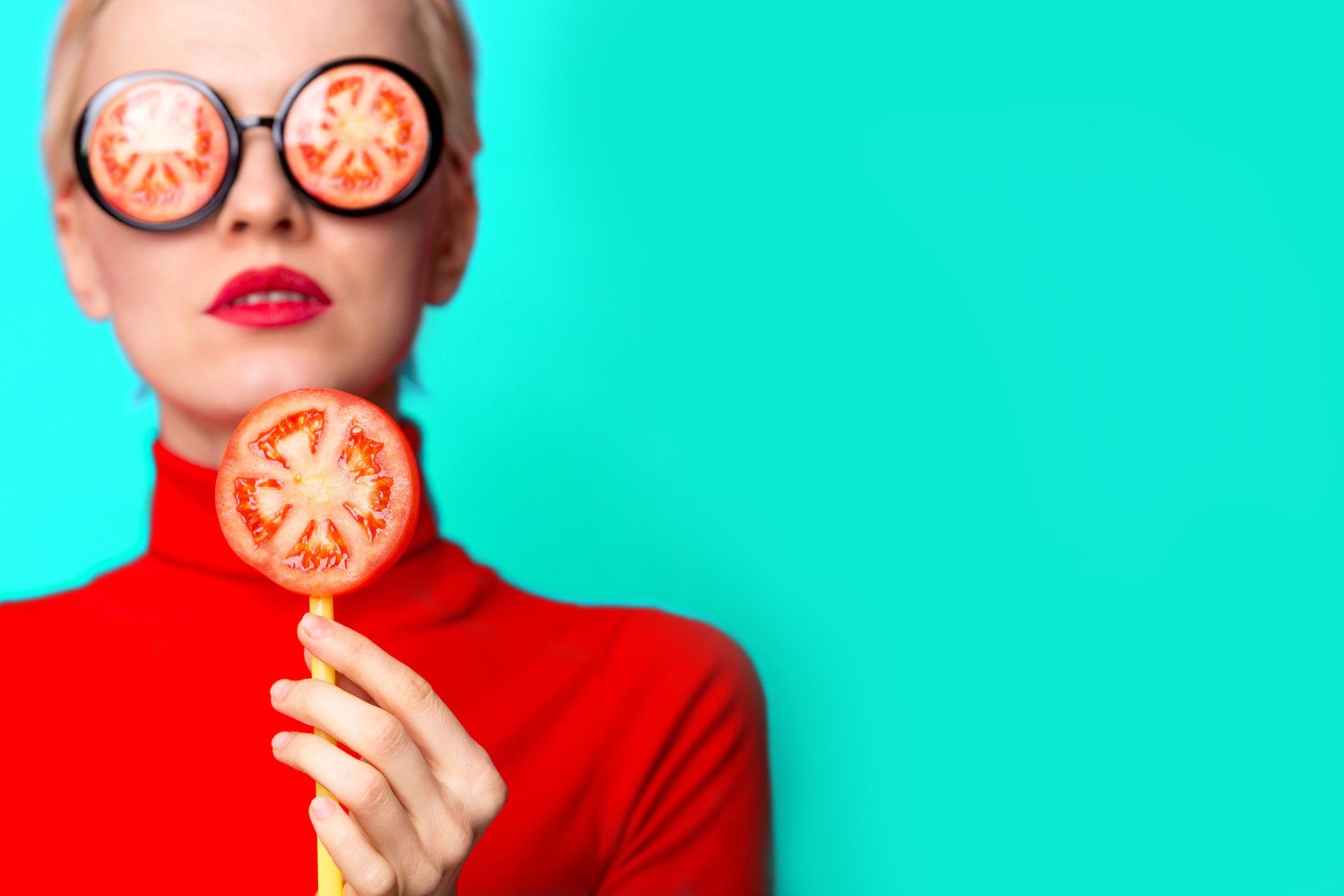
VITAMIN C
Vitamin C is an antioxidant that helps to protect you from free radicals, which attack your cells. It protects your immune system and is a source of iron, which is needed to carry oxygen through your blood.
A lack of vitamin C can lead to scurvy, depression and anaemia (although this is pretty rare these days).
You can find vitamin C in the following foods:
- Citrus fruits; broccoli; tomatoes; spinach
VITAMIN E
Vitamin E works as an antioxidant much like vitamin C. It is important for your immune system and may help to fight off cancer and Alzheimer's Disease. It helps to fight off bacteria and prevents infection. Vitamin E deficiency can lead to nerve and muscle damage, vision problems and general poorliness.
You can find vitamin E in the following foods:
- Avocado; whole grains; nuts; egg yolks; vegetable oil.

LUTEIN
LUTEIN & ZEAXANTHIN
Lutein is a carotenoid that is occurs naturally in the macular at birth, but our bodies are not able to reproduce it and so we must take more in with our foods.
Why do we need Lutein? Lutein and Zeaxanthin are believed to be powerful antioxidants and may help to protect the aging eye by defending your body against unstable molecules called free radicals.
Lutein and Zeaxanthin are the yellowish pigments in foods such as sweet corn and orange peppers, but are also found in lots of leafy green vegetables.
Good Sources of Lutein and Zeaxanthin and Vitamins A, C and E
- Kale and green leafy vegetables (including spinach, broccoli, sprouts, green peas)
- Carrots
- Squash and pumpkin
- Asparagus
- Lettuce
- Peppers (red bell pepper is particularly high in vitamin C)
- Sweetcorn
- Saffron and paprika
- Oranges and blackberries
- Eggs
- Salmon and other oily fish
- Almond
- Citrus fruit
- Tomato
- Avocado
- Prawn, lobster and red meat are good sources of zinc, one of the main components of melanin, which protects the eye from UV-induced damage and as such provides protection against cataract and ARMD.
- Orange and yellow fruits and vegetables
- Dairy products
RECIPE IDEAS
We would love to hear about your recipe ideas. Make a healthy meal for your family and send us the recipe and a photo and we’ll share it here.
KALE RECIPE

TRY THESE!
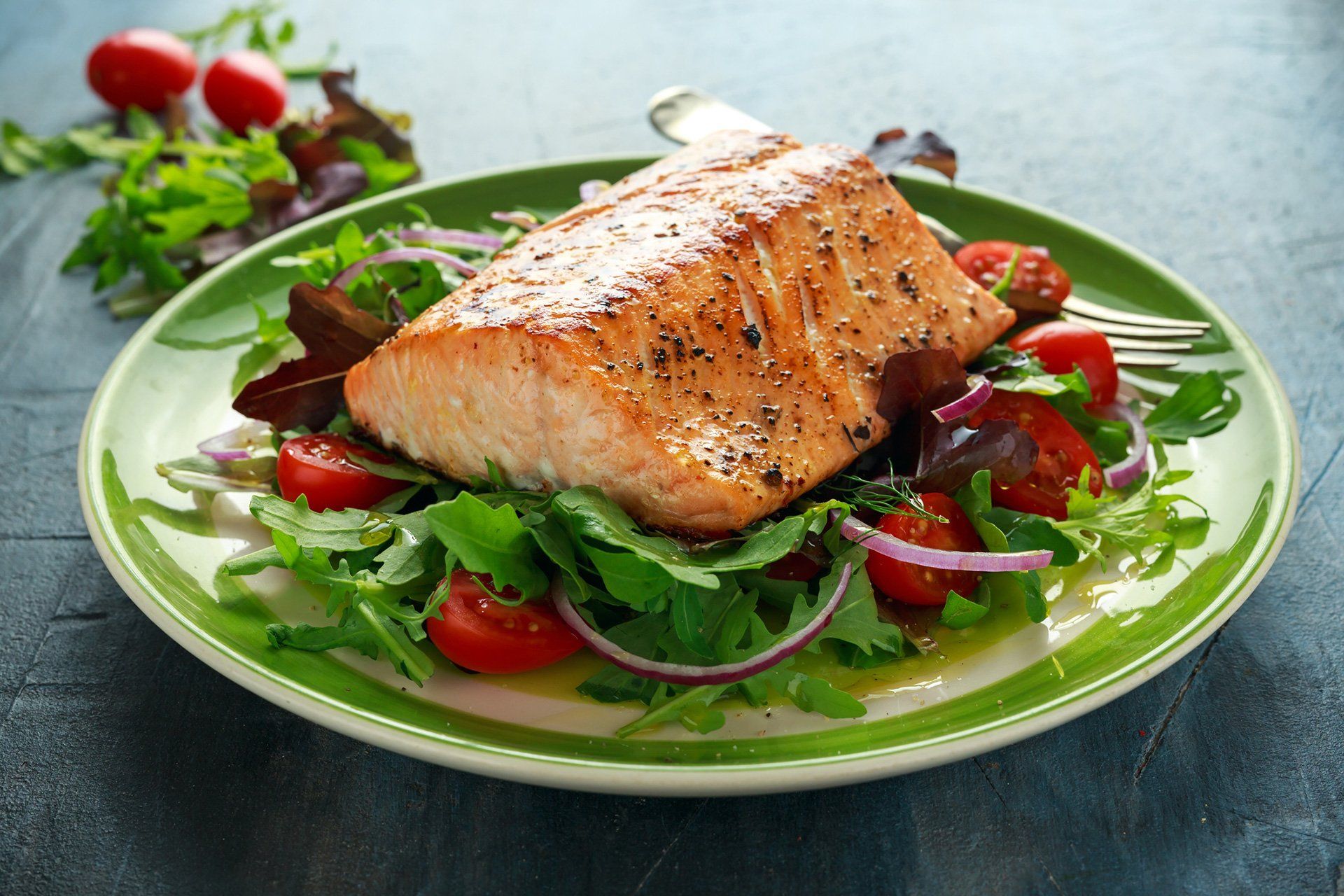
BAKED SALMON WITH ASPARAGUS
Preheat your oven to 200°C or Gas Mark 6
Into a bowl, grate the zest of one lemon, squeeze the juice, add a couple of teaspoons of olive oil, a teaspoon of honey, fresh chopped tarragon and parsley (about a tablespoon of each) and ground black pepper to your taste.
Put your salmon in an ovenproof dish and pour mixture over. Cover the dish with a bit of foil (keep it off the fish though) and bake for about 20 - 25 mins. The fish should be cooked through and starting to flake.
Serve with asparagus spears, halved cherry tomatoes and roasted autumn vegetables (see photo above)
OR, for a lighter meal, serve on bed of salad greens or spinach, halved cherry tomatoes and sliced red onion.
For an even lighter meal, simply place your unseasoned salmon into a greased ovenproof dish (or use baking paper) and add a little salt and pepper before covering with foil and popping into the oven.
ROASTED AUTUMN VEGETABLES
Preheat your oven to 200°C (GM 6)
Chop your vegetables into chunks
Put a couple of tablespoons of olive oil and 3 or 4 unpeeled garlic cloves into an ovenproof dish and pop into the oven for about 5 minutes to heat before adding the veg.
Take out of the oven and add your veg, salt and black pepper. Bake in the oven for about 20 minutes until the vegetables are cooked and serve.
To make your veg more interesting, why not crumble a bit of feta cheese over before serving or send us your ideas.
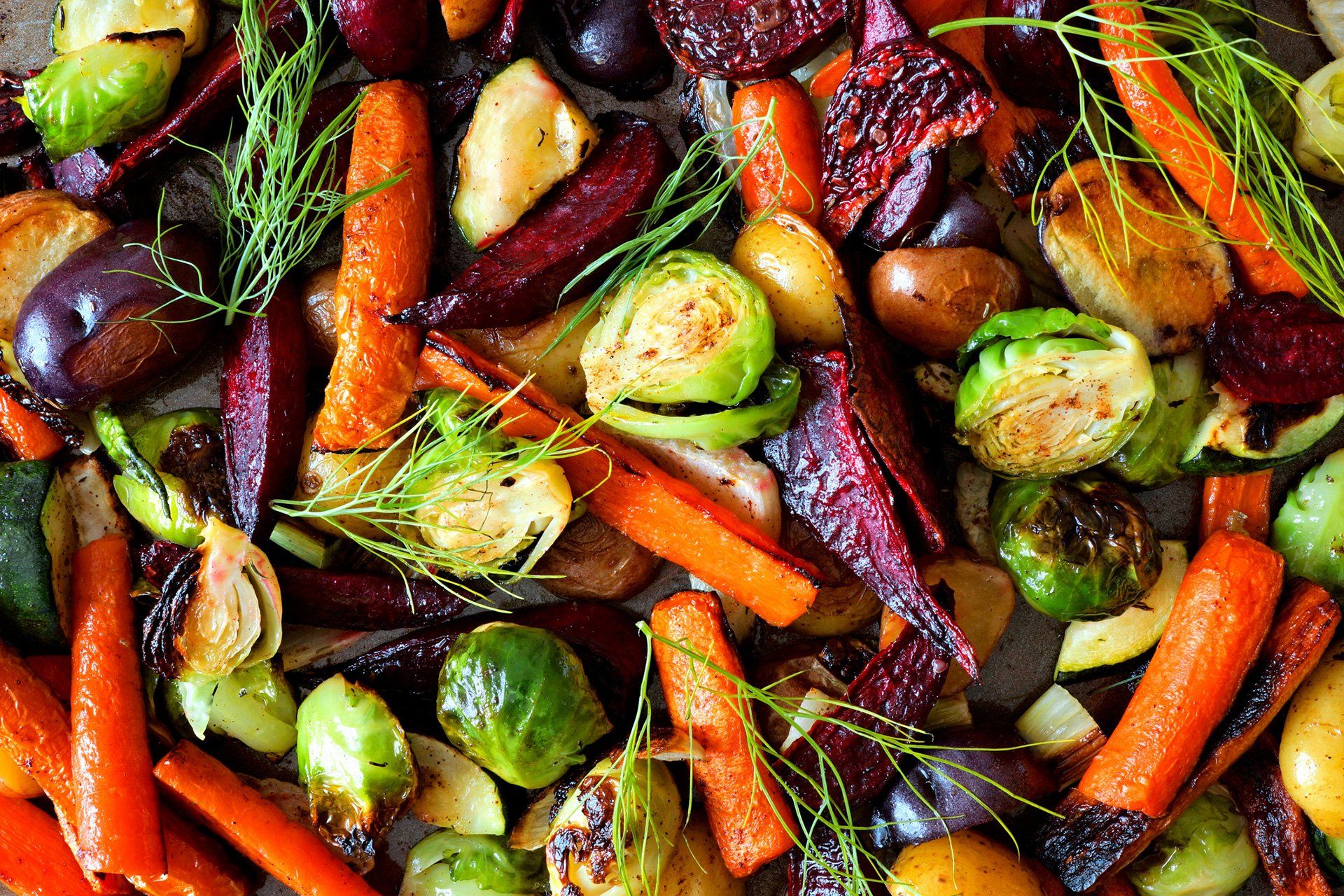
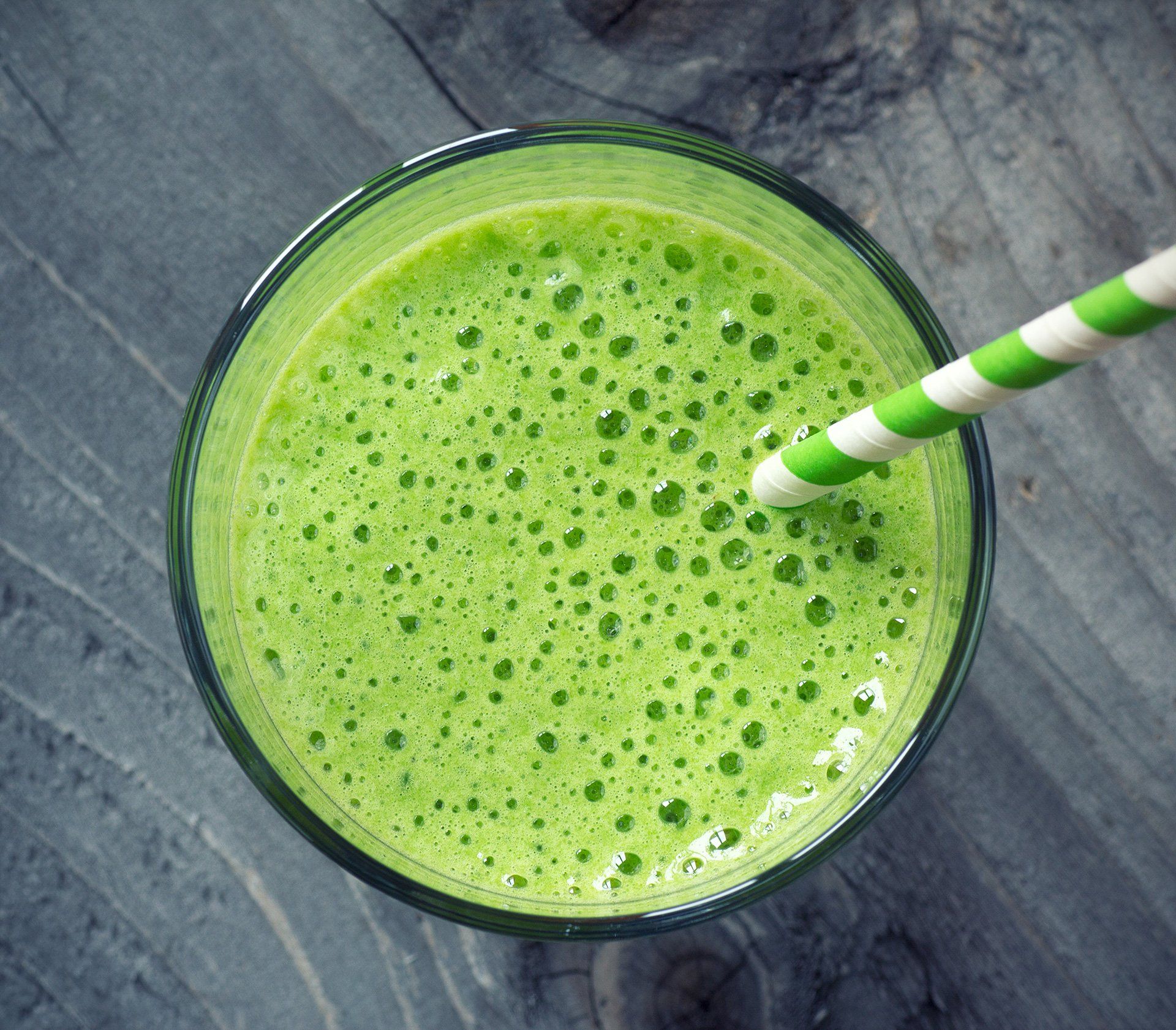
GREEN EYED GOODNESS IN A CUP(Niagara Springtime Soup Sippers)
1 Cucumber
2 Granny Smith Apples
1 Peeled Lime
350g Spinach Leaves
350g Baby Kale
350g freshly thawed peas
60g mint leaves
175g plain yoghurt
Honey
Lightly toasted sliced almonds
Chop apples and cucumber into large pieces and liquidise all ingredients (except the honey, Greek yoghurt and almonds)
Whisk the juice into the Greek yoghurt and add the honey to taste. Pour into small glasses and top with toasted almonds.
Recipe by Anna lson
THE EFFECT OF OBESITY ON VISION
Obesity has been linked to ARMD (age-related macular degeneration), glaucoma, cataract and diabetic retinopathy. Please see our Eye Health page for more details on these conditions.
We all know that expanding waistlines can be detrimental to our overall health (can lead to diabetes, hypertension and cancer, for example), but most people don’t know how damaging to their vision being overweight can be.
Eating a healthy diet and getting enough exercise can help you to retain good vision into your later years.
EXERCISE
Exercise improves every part of your body and helps improve mental health too. Here are some tips from us to help you keep active and get some exercise
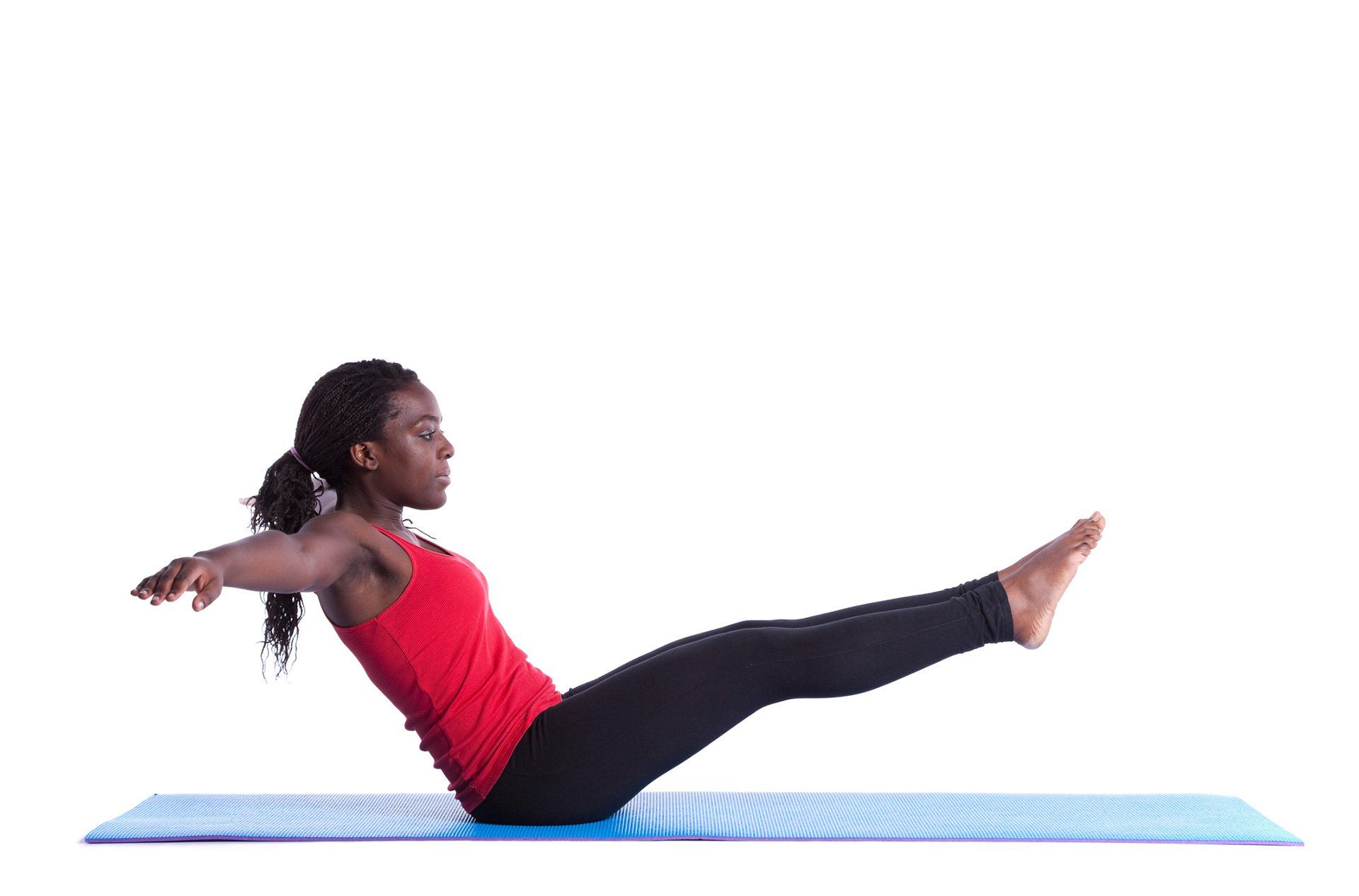
THE BIGGIES
- Join your local gym
- Take on a weekly aerobics class or two
- On your bike! Take your bike to work or walk if it’s not too far.
- Run away! Take up running, maybe train for a half marathon and eventually you may find London calling.
THE NOT QUITE SO BIGGIES
- Get out into the garden. You have no idea how much a bit of digging in the garden can burn those calories.
- Go for a nice walk after work. Good for you and good for relaxing.
- Put on some good music and dance while you cook (take care with hot pots and pans, please be sensible).
- Don’t meet your mates for coffee and cake, meet for a swim.
- Take up yoga, Pilates or Tai Chi. Or all of them…
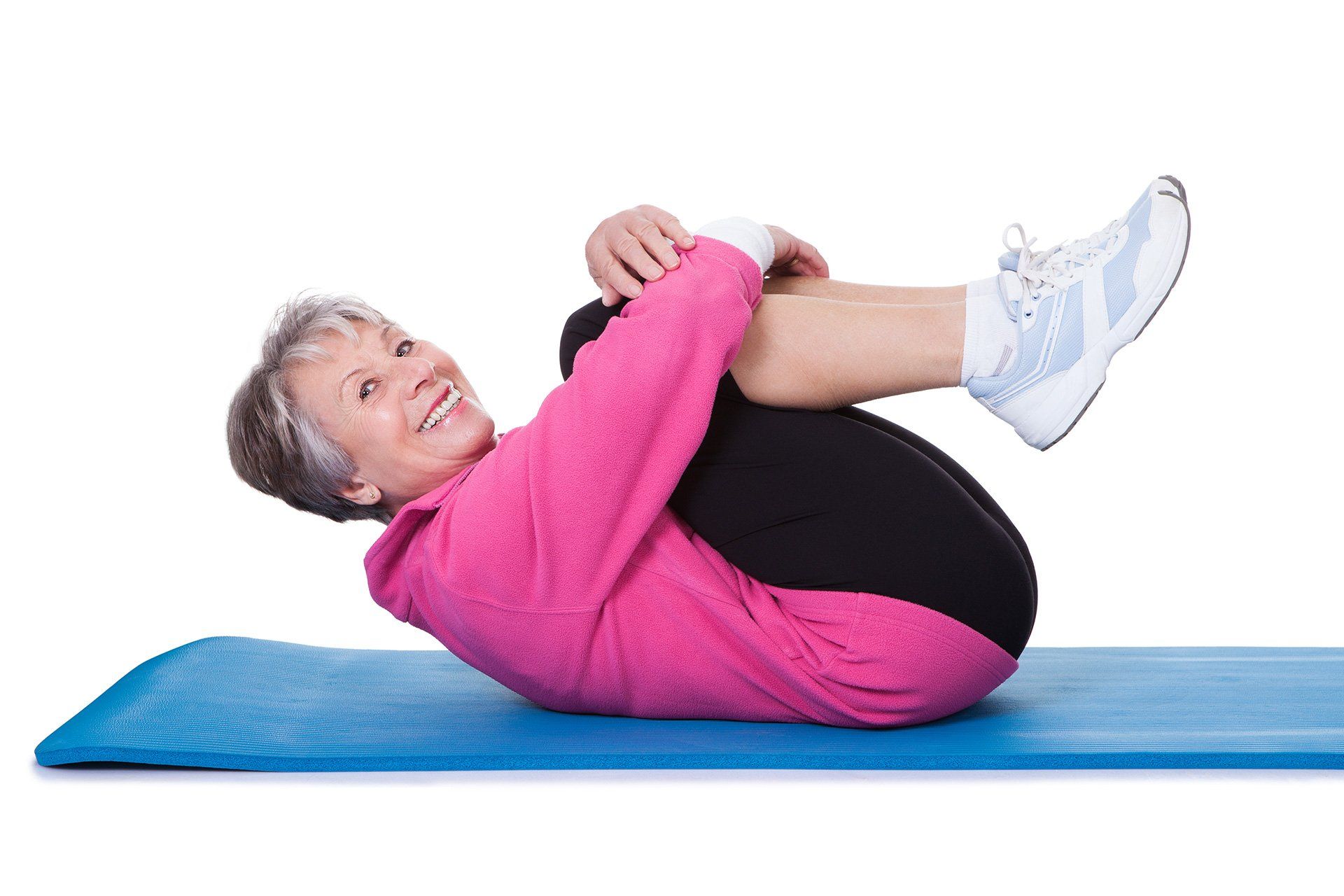
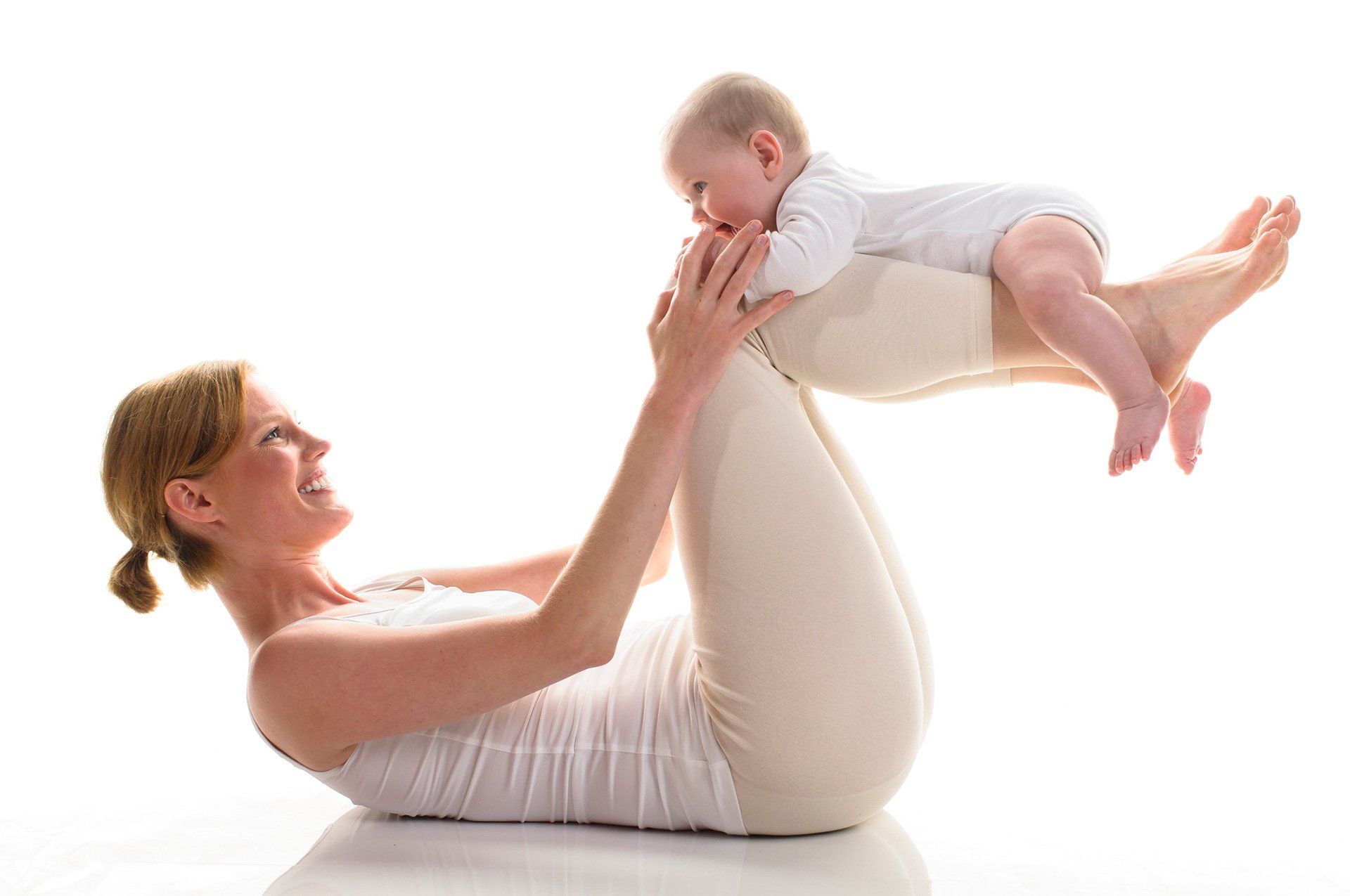
NOW THE EASY STUFF
- Take the stairs
- Park your car at the far end of the car park. An extra few dozen steps here and there add up!
- Walk the kids to school.
- Take your phone calls standing up.
- Kick a ball around with the kids
- Wash the car! Lots of bending and stretching involved.
- Send fewer emails at work and get up and go visit that person instead.
- Do the housework…something the whole family can help with!!!
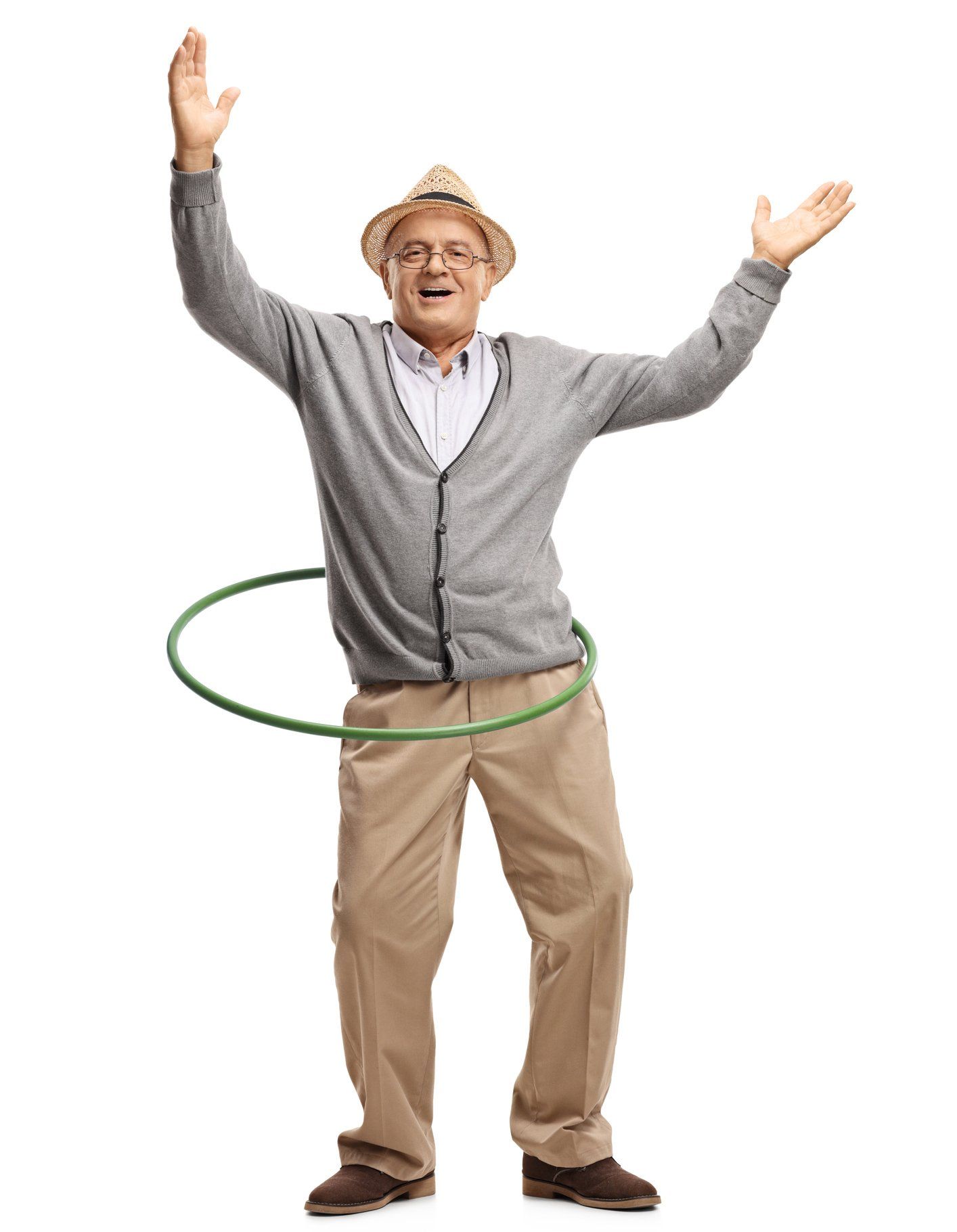
PROTECT YOUR EYES FROM DAMAGING UV RAYS
We all know we should protect our skin from UV and we’re much better at doing this now than we were a few years ago. But, still many people don’t think about protecting their eyes or their children’s eyes.
EYE CONDITIONS LINKED TO UV EXPOSURE
PINGUECULA & PTERYGIUM
A Pinguecula is a wing-shaped, yellowish growth on the conjunctiva (this is the membrane that covers the white of the eye) that is generally made up of deposits of protein, fat or calcium.Pinguecula often appear on the side of the eye nearest the nose and are limited at the edge of the cornea. If the pinguecula starts to grow over the cornea, it is then called a PTERYGIUM and may require surgical intervention.
To protect yourself from these conditions:
Cataract is a clouding of the lens inside the eye and many people will develop cataract as they age. The clouding of the lens causes:
- WEAR SUNGLASSES
- PROTECT YOURSELF FROM DUST AND WIND WITH GLASSES AND/OR SUNGLASSES
- ASK YOUR OPTICIAN ABOUT DRY EYE AND USE ANY TREATMENT THEY SUGGEST.
Cataract is a clouding of the lens inside the eye and many people will develop cataract as they age. The clouding of the lens causes:
- a reduction in your vision
- colours to be less bright and vibrant
- glare and haloes around lights (headlights for example)
- reduced night vision
- frequent changes to your spectacles prescription
To reduce your risk of cataract, stop smoking, lose weight and wear sunglasses.
PHOTOKERATITIS
This is, very basically, sunburn of the cornea. You get it the same way as your skin gets burnt. Short term exposure to UV. This could be as simple as a day on the beach.
This is, very basically, sunburn of the cornea. You get it the same way as your skin gets burnt. Short term exposure to UV. This could be as simple as a day on the beach.
Photokeratitis can be very painful and usually presents within a couple of hours after exposure. Luckily the condition is not permanent and the eye will repair. An extreme version of photokeratitis is SNOW BLINDNESS.
To avoid photokeratitis, wear sunglasses and a hat with a peak or a wide brim.
MACULAR DEGENERATION
There is evidence to show that UV may be a contributory factor in the development of macular degeneration.
Protect your eyes with sunglasses. See our Eye Health page for more information on macular degeneration.
SKIN CANCER
Melanoma of the eye and Squamous Cell Eye cancer are both linked to UV exposure amongst other factors.
Cancers of the eye are thankfully few in the UK and according to Cancer Research UK only 738 people were diagnosed with cancer of the eye in 2015. However, this doesn’t mean we should be lax in our attitudes towards UV and how to enjoy the sunshine safely.
SAFE IN THE SUN
The key is cover. The more of your skin that is covered by clothing, the less skin is exposed. Loose dark clothing is the best.
Cover your eyes with a good pair of sunglasses and when you buy them, make sure they have a CE mark and a label that states 100% UV protecting or UV400.
Cover your head with a wide brim hat to protect your eyes, face and neck.
Cover all exposed skin with sun protection cream of at least
factor 15 (even in the UK) and rated 4 or 5 stars – this is the recommendation from Cancer Research UK.
Keep to the shade where you can.
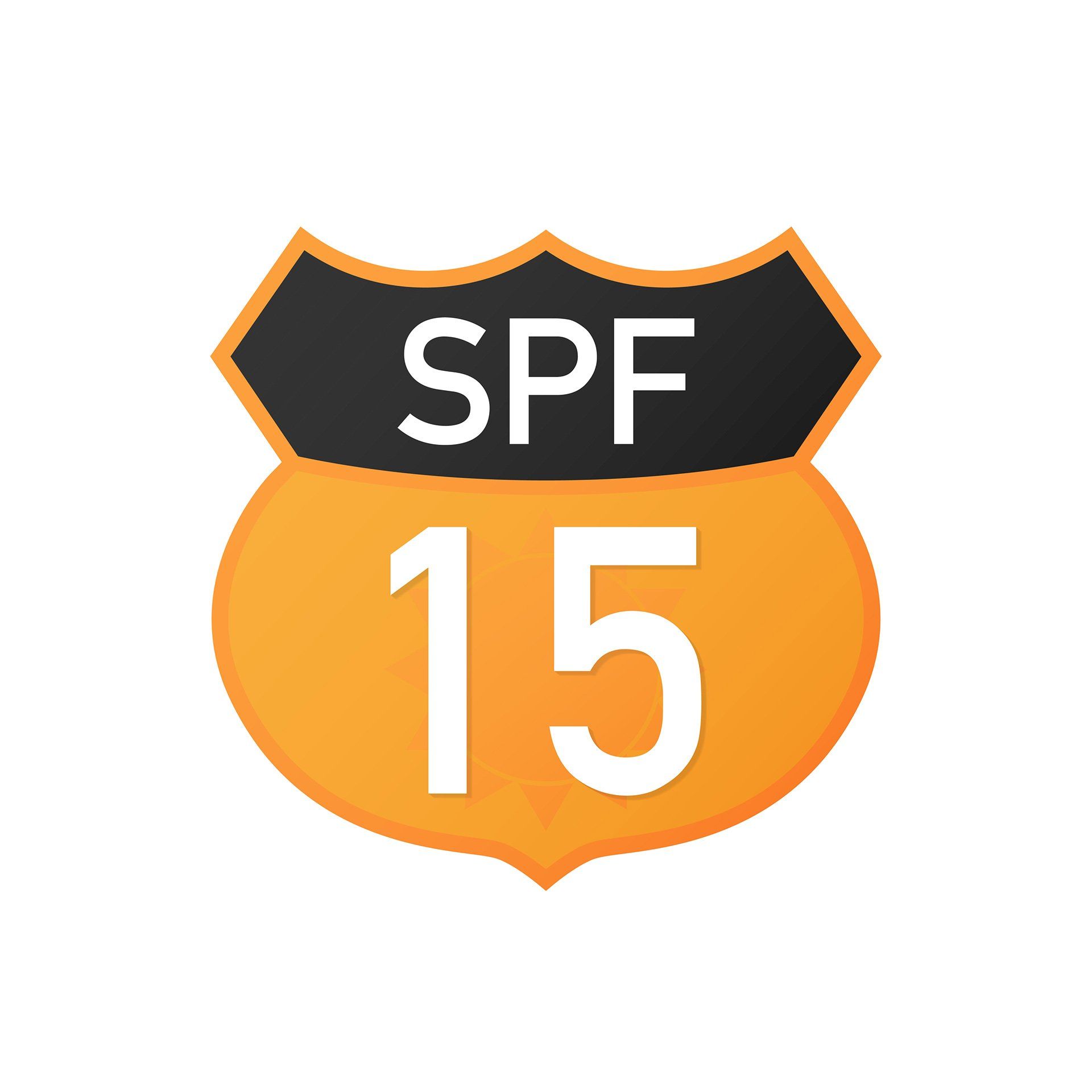
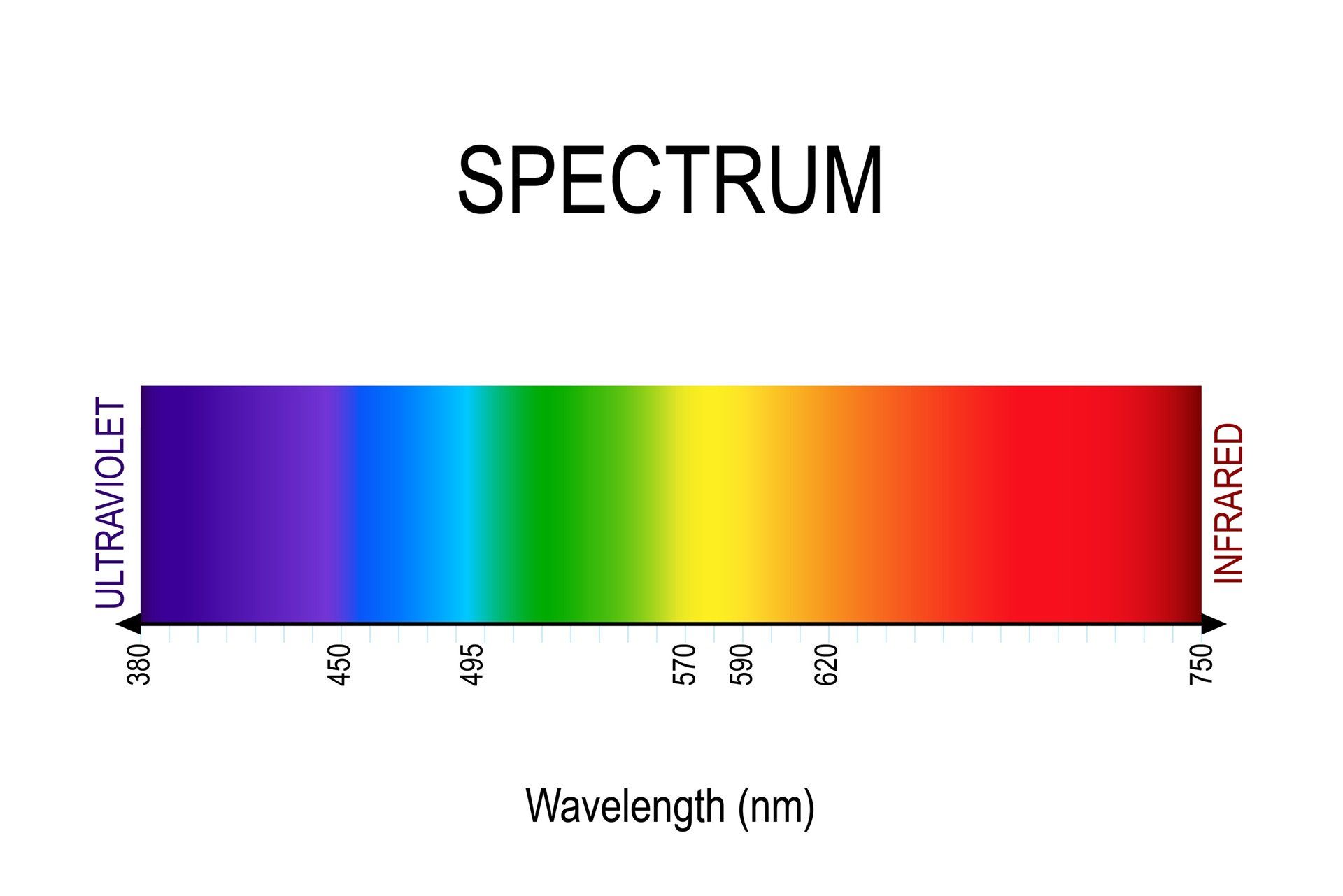
ARE ALL SUNGLASSES EQUAL?
Unfortunately not. Always buy your sunglasses from a reputable outlet and NEVER buy a pair from a street vendor when on holiday.
European regulations state that all sunglasses sold must have adequate protection against UV radiation. This means wavelengths up to 400 nanometers.
European regulations state that all sunglasses sold must have adequate protection against UV radiation. This means wavelengths up to 400 nanometers.
As you can see from the diagram, the visible spectrum starts at wavelengths of light 380nm, so sunglasses will protect you against low level blue light as well as invisible UV.
The colour of the lens doesn’t matter.
Make sure that your sunglasses are big enough. Small sunglasses may not cover the delicate skin around the eyes well enough and won’t block light coming from the sides. A pair of sunglasses with wider sides will block more light.
Please feel free to visit us in any of our practices (or call/email) and we will be happy to advise you on the best solution for your prescription (if needed) and lifestyle.
SMOKING AND THE EYES
Your risk of developing Macular Degeneration, Cataract, Glaucoma, Diabetic Retinopathy and Dry Eye Syndrome more than double if you smoke. In some instances the risk can increase by 4 times.
Smoking when pregnant increases the chances your child may have a squint, an astigmatism and optic nerve hyperplasia amongst other things.
Smoking can cause you to lose your vision so we ask you to please, give it up.


